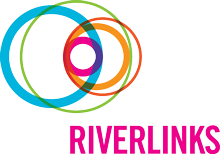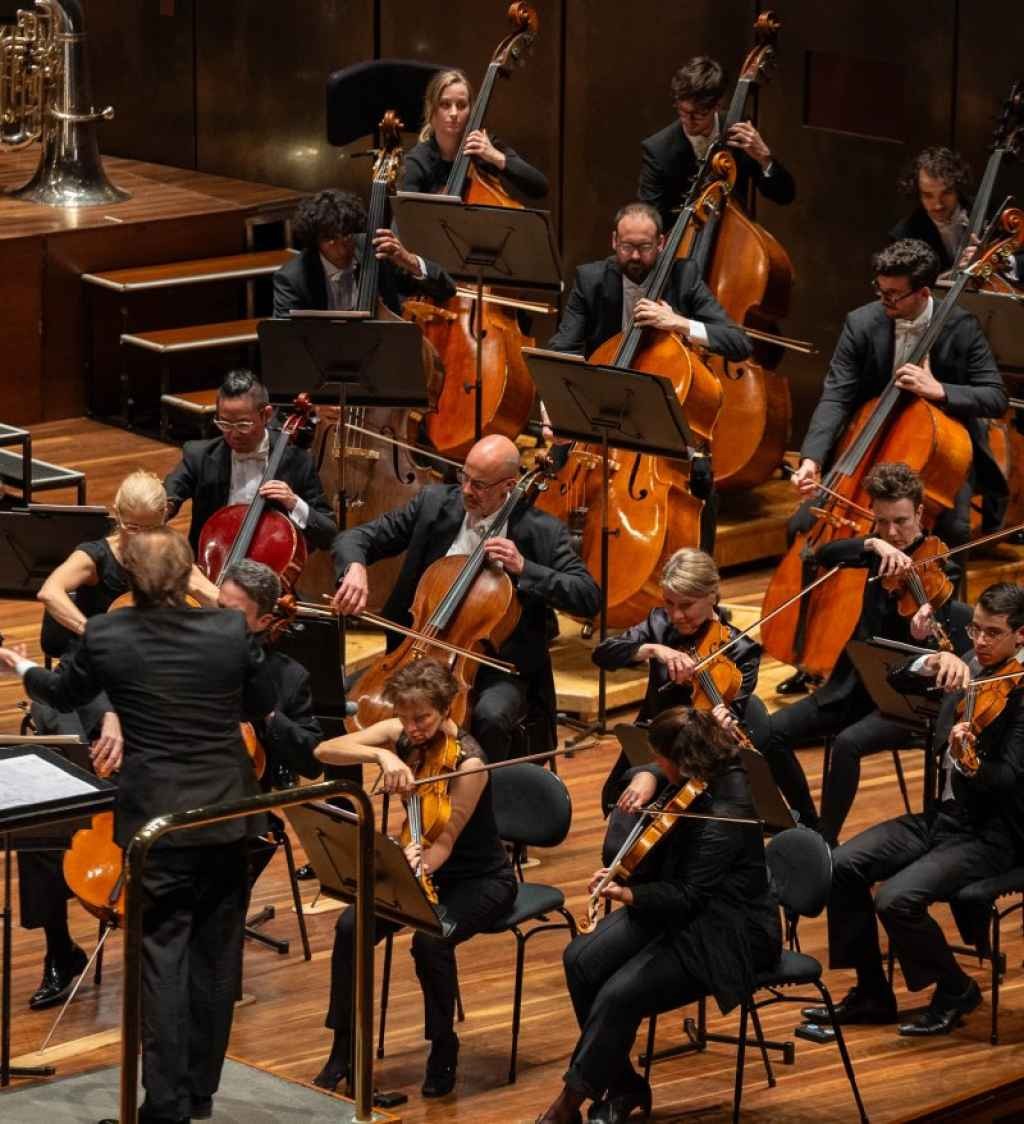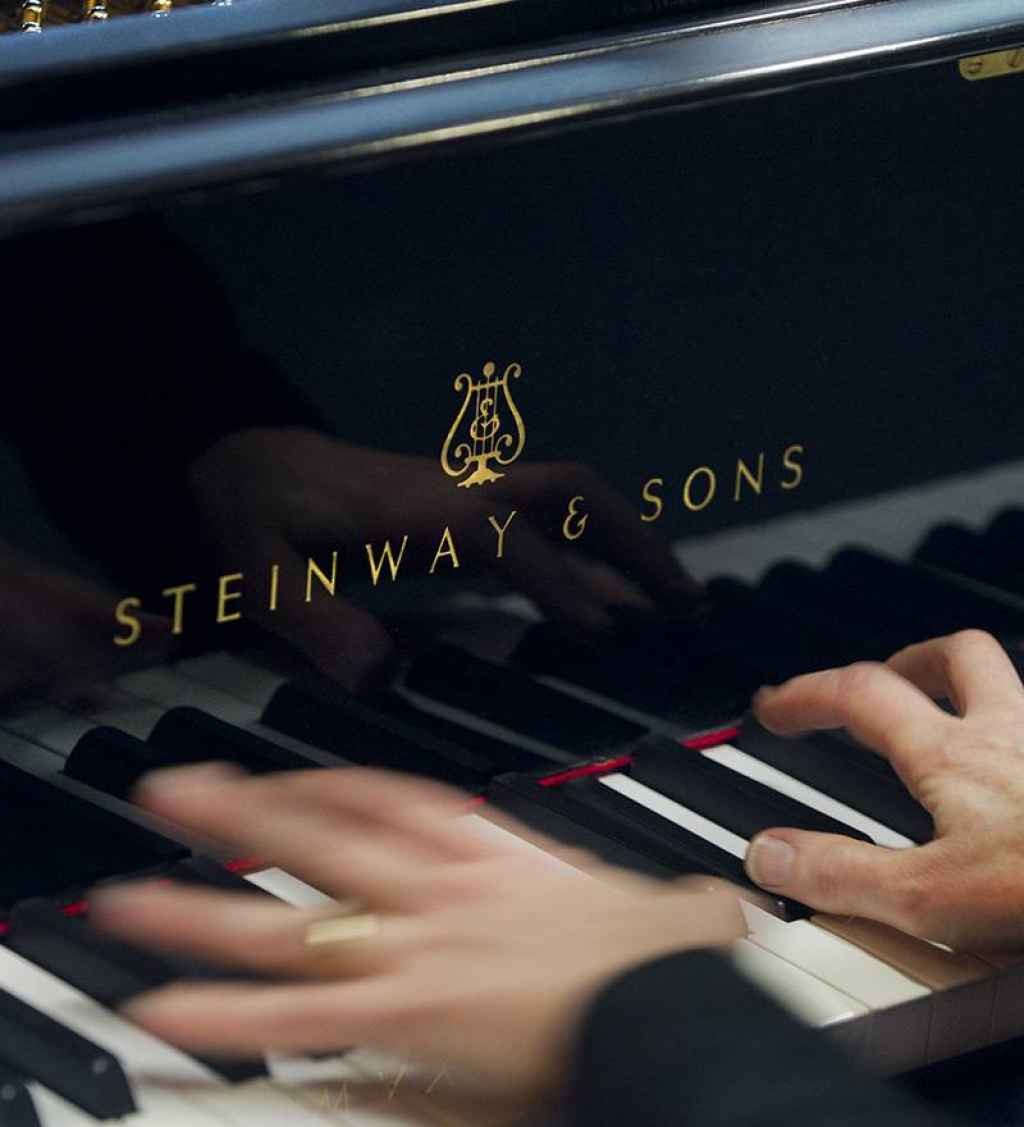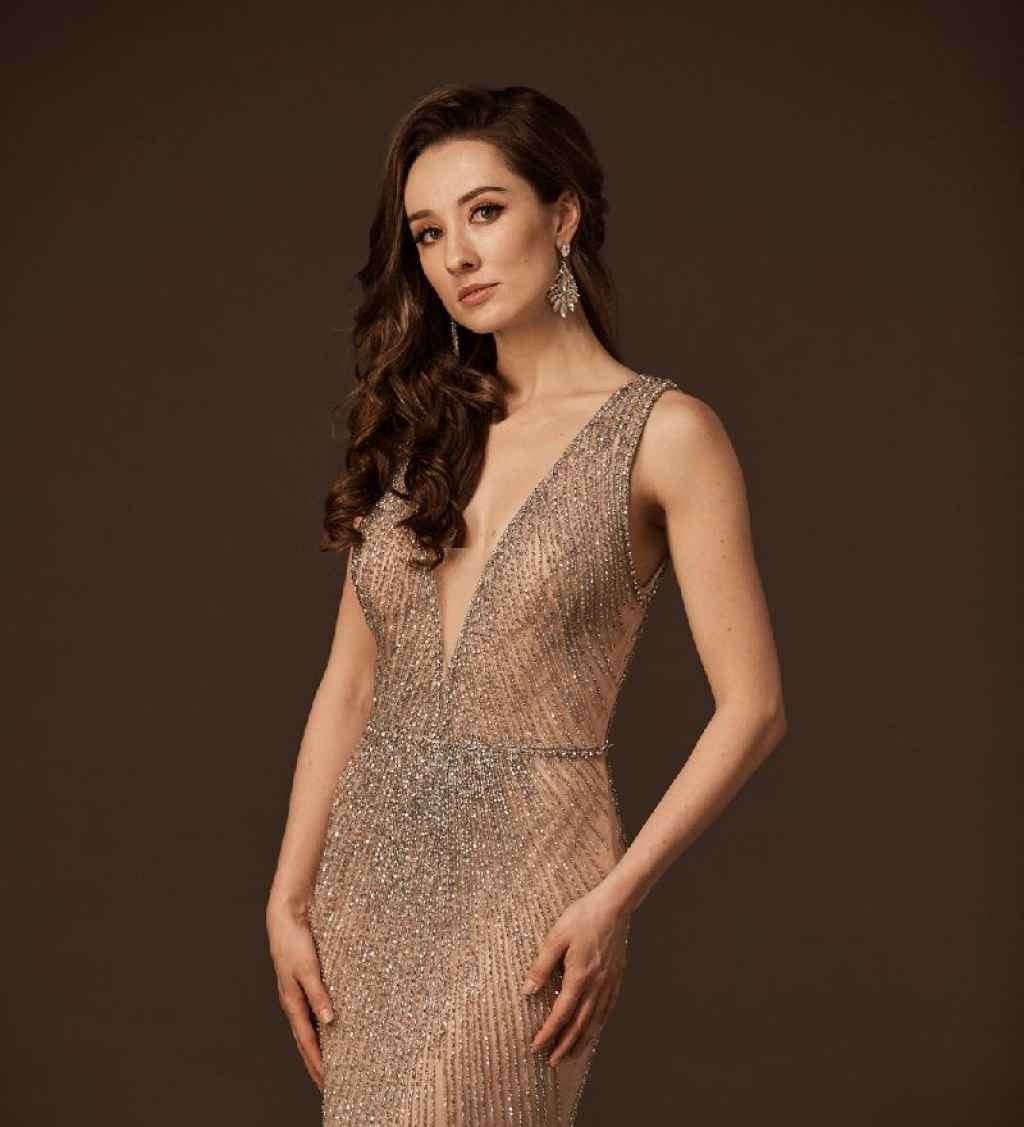History
When Greater Shepparton City Council applied for money to upgrade the Art Gallery and Civic Centre in 1999/2000, Arts Victoria (now Creative Arts) agreed to support the project. Its view was that Shepparton offered the opportunity to develop an integrated model of delivery of arts and cultural services, including visual arts, performing arts and library services.
Funding was provided for the creation of an arts precinct, the plan developed saw the Civic Centre ‘theatre’ remain relatively unchanged (except for retractable tiered seating) and able to accommodate around 850 seats, with Westside to continue to be the main theatre. To make this possible, a joint use agreement was encouraged between Council and Mooroopna Secondary College with Council to manage the facility. In addition, it was decided that the community and civic purposes (such as balls and functions) as well as an extended program of conferences and conventions should be retained as core business in the newly remodelled venue.
The building process was not without its challenges. The architect’s vision was for an industrial, ultra-modern building with raw concrete, polished concrete floors in the foyers, soaring glass and an ‘inside out’ view. Much was made of three or four white gum trees conserved at the front of the building. The concrete tilt-up panels had to be manufactured in a special concrete finish that resembled the colour of the trees trunks. The markings in the façade’s concrete panels were to reference the markings in the trees’ bark. Alignment of soaring glass panels/windows meant that from certain spots inside, looking out, single trees were ‘captured’ and framed in the window.
The saw tooth placement of the panels along the front meant the building appeared to ‘open up’ or unzip as you travelled past in a car. At night, light spilling out of these windows slashed into the front of the building would make a huge welcoming and architectural statement.
In the final stages, the architect’s vision for stark industrial spaces and durable surfaces was over-ruled by the supervising team and polished concrete was replaced with grey indoor/outdoor carpet and bare concrete walls got a coat of grey paint, ensuring that a robust and resilient building would subsequently require annual maintenance.
The name Eastbank and the overarching title ‘Riverlinks’ was the product of much brainstorming as the building moved to completion. Names such as Shepparton Performing Arts Centre (SPAC) were working titles but failed to capture the scope of what was intended for the whole arts precinct. Then-CEO Bill Jaboor favoured a catchy, non-traditional sort of name. He accepted that at least two of the elements in the new precinct already had established names - The Shepparton Art Gallery had a title and WestSide PAC (named in a public competition by Mooroopna resident Heather Griffith) should keep its name. Westside led to the name Eastbank replacing Civic Centre. Eastbank also referenced its place on the Goulburn River. At this stage much was being made of intentions to open up more to the river and in fact the main Eastbank, car park and point of arrival were intended to be from the Marungi St side as evidenced in the original placement of the reception desk and box office.
The name of the new service needed to link all the elements together in one concept which would reflect Council’s delivery of visual arts, community functions and events, performing arts on both sides of the river and the winner was ‘Riverlinks’ with the blue swirl logo representing the river.
The opening of Eastbank and the beginning of Riverlinks was scheduled for early 2001, with a major Rotary conference planned in March. As the building program slipped behind schedule, the organisers met with Council’s events team who assured them all would be fine and their conference would be delivered. When the 900 or so Rotarians came to enjoy that first conference, builders were still in the building finishing things off, no lighting or audio equipment had been installed and these along with furniture and other fittings all had to be hired. The new Riverlinks team dug deep, hung onto the loose ends with their bare teeth and the event was delivered!
The transition was challenging. People didn’t just keep calling it ‘The Town Hall’ or the Civic Centre, but they wanted it to be the way it was. Why could they not just get a key and open up for themselves? The stage is in the wrong place for the Deb ball! Why can’t we just sell our own tickets? Why can’t we have a BYO function?
Over time, Riverlinks has now become a way our community can find a link to performing arts and live entertainment. Linking all arts meant that Riverlinks also became the place to come if you had ‘an idea’ for a cultural project, you had a band of refugee musicians who just wanted a gig, or you had a dream your local hall could stage a concert by Orchestra Victoria or Keith Potger. Or, you could just come in and get a cup of coffee any day of the week!



